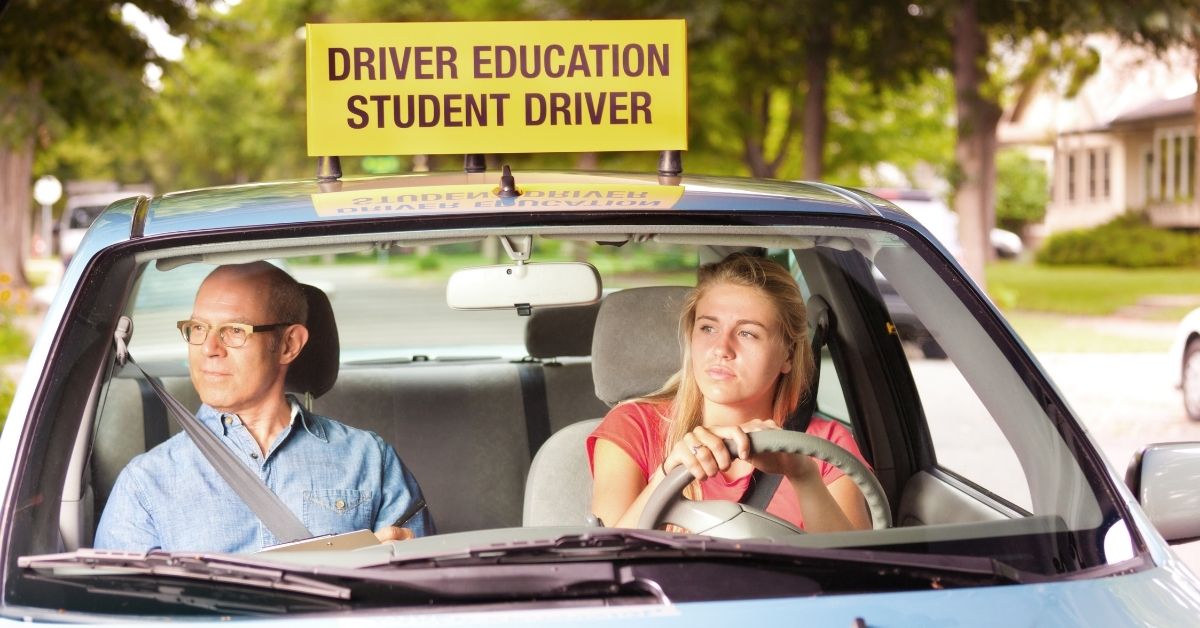Why Summer is Dangerous for Teen Drivers
Before the summer even officially begins, teen drivers around the country fall victim to the “100 deadliest days.” This period, extending from Memorial Day to Labor Day, is infamous for the high volume of fatal motor vehicle accidents involving teen drivers. According to AAA, in 2018, this period averaged about 10 fatal crashes each day involving a teen driver—which was a 14% increase compared to other times in the year.
Although this is an annual occurrence, this is a topic that doesn't get discussed enough in driver's education courses or among families. In preparation for this period, it's crucial to start understanding what contributes to this and how your teens can be safer on the road.
What Contributes to the 100 Deadliest Days?
The majority of the crash attributes during this period are not uncommon. Ultimately, they occur throughout the year, but the higher volume of teenage drivers on the roads can increase their likelihood of leading to a crash. Some of the most frequently occurring include:
Speeding
The Centers for Disease Control and Prevention (CDC) reports that nearly 50% of drivers aged 15 to 20 involved in fatal crashes were speeding at the time of the collision. Teens are also more likely to speed than other age groups.
Driving at Night
Since school is typically out for summer when the 100 deadliest days begin, or shortly thereafter, incidents of nighttime driving among this group are likely to increase. Considering this, the CDC reports that 40% of fatal teen crashes occurred between 9 pm and 6 am, and over half were during the weekend.
Driving Under the Influence
Despite the legal drinking age being 21 in the United States, teen drivers die from alcohol-involved crashes every day. Unsurprisingly, they are also at a much higher risk of being involved in an alcohol-related crash than an older driver with the same BAC. The CDC reports that 24% of drivers between 15 and 20 were drinking at the time of their fatal crash.
Safety Tips for Teen Drivers
In addition to the above factors, several other conditions can influence the possibility of a teen driver being involved in a severe crash. Although not all conditions are entirely preventable, it's essential to know what to do to keep teens out of harm's way. Here are some simple safety tips to implement early on:
- Only drive with a number of passengers you won't become distracted by—other people in the vehicle are one of the most overlooked driving distractions.
- Get a full night's rest before driving—the CDC recommends between 8 and 10 hours for teenagers.
- Always wear a seatbelt—about 43% of teens report not wearing one when riding in a car driven by someone else.
- Obey all posted traffic signs and signals.
- Store your phone before starting the car to avoid being tempted by it when driving.
- Pick a radio station or playlist and temperature before you begin driving.
- Remain calm at all times—being overly emotional can impact your ability to react to changing conditions.
- Keep a greater distance than you think you need between your vehicle and the one in front of you.
- Remember to use turn signals to communicate with other drivers.
Our Fresno Car Accident Attorneys Are Here For You
You're committed to keeping your family safe, and we understand why that's a top priority. Our Fowler | Helsel | Vogt team is committed to protecting the rights of your loved ones after becoming injured in a crash. With over 40 years of combined experience and millions of dollars recovered for our clients, we can help get you back on your feet.
Schedule a free consultation today by calling (559) 900-1280 or filling out this short form.


